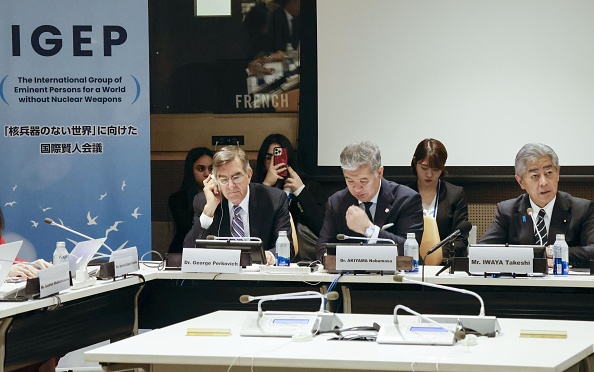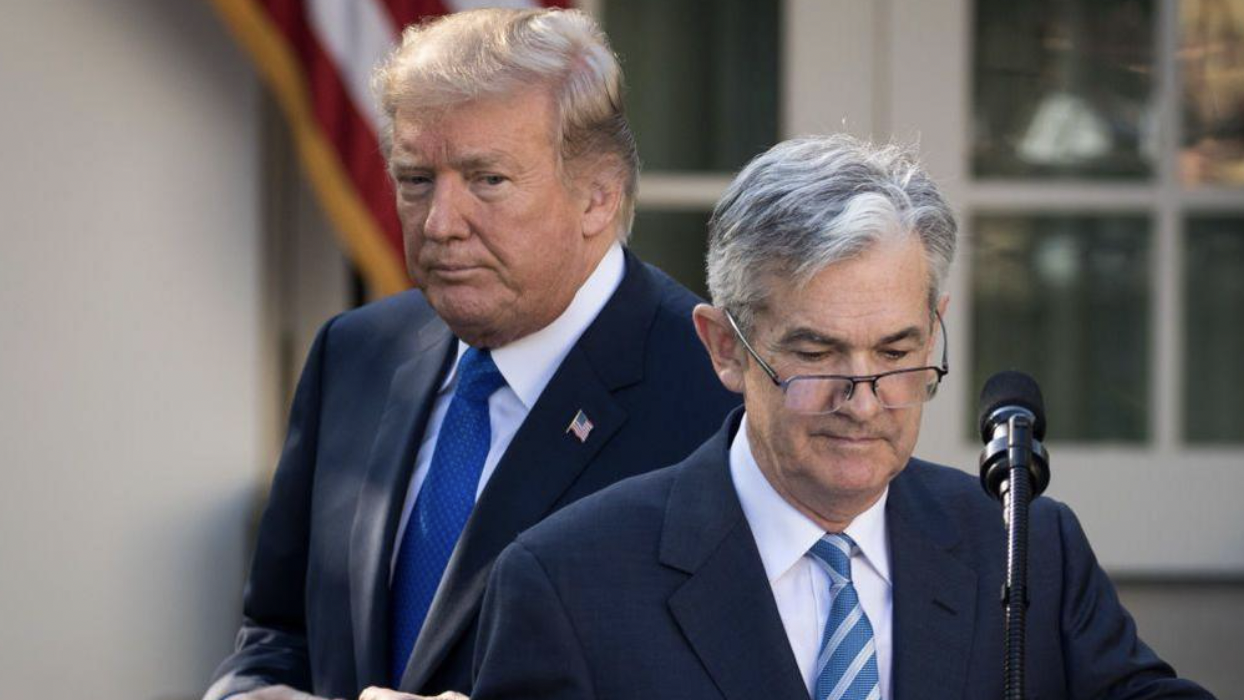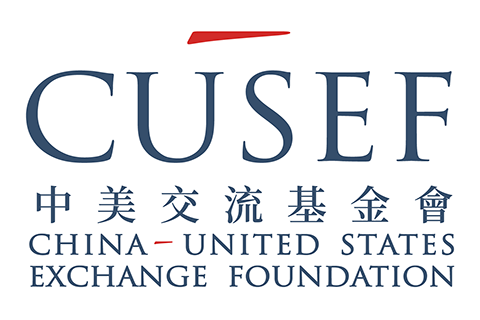
Dear Focus Reader,
This week, signs of potential de-escalation emerged in the U.S.-China trade conflict, as Beijing signaled it is open to dialogue, so long as Washington takes the first step.
Chinese officials said the "door is open" for renewed trade talks with the U.S., but emphasized that any negotiations must be rooted in mutual respect and free from "coercive" pressure. They pointed specifically to the rollback of recent tariffs as a prerequisite. The Trump administration, which has so far upheld the 145% average tariff rate, reportedly reached out to Beijing to explore a framework for discussions.
Markets responded quickly. The news of possible trade talks helped lift U.S. stock futures midweek, even as the broader economic relationship remains deeply strained. American importers and retailers continue to absorb steep costs, while Chinese exports are facing delays, factory suspensions, and furloughs as demand from the U.S. shrinks.
At the same time, Beijing is gradually reducing its reliance on U.S. Treasuries, once a cornerstone of its foreign reserves, and shifting capital into gold, private equity, and other foreign bonds. This move is part of a broader strategy to protect China's financial system from external risks, particularly potential U.S. sanctions, as rising tensions spill into capital markets. Analysts view this shift as a step toward reducing China's vulnerability to Washington's influence.
That same strategy of reducing external dependencies was also evident in Beijing's latest push on artificial intelligence. At a high-level policy meeting last week, President Xi Jinping emphasized the urgency of achieving breakthroughs in homegrown chipmaking and foundational software — sectors where China remains vulnerable to U.S. export controls. The call aligns with efforts to build a self-sustaining AI ecosystem, underscoring a broader policy shift toward insulating China's economy and innovation system from foreign pressure.
Learn more on China-U.S. relations by catching up on our latest Focus content, including topics on nuclear proliferation, a Xi-Trump "Grand Bargain," and more.
The number of years since the establishment of the China-Pakistan Economic Corridor, launched in 2015 with great expectations but now floundering, with less than half of its nearly 90 planned projects completed and Pakistan's internal challenges largely to blame.
Read more in "As Pakistan Wastes CPEC Opportunity, China Rethinks Support" by Sajjad Ashraf, Former Adjunct Professor, National University of Singapore.
From Caterpillar to Silk | Tasmin Little
Watch VideoIn this episode of The China Current, Host Tasmin Little shares the story of the silkworm—an insect that multiplies its size 10,000 times, lays 500 eggs in five days, and consumes 3,500 pounds of mulberry leaves in its one-month life—highlighting its enduring role in Chinese innovation and global trade.
In our Focus Insights section, we featured an article by Brian Wong where he discusses what a potential Trump-Xi "Grand Bargain" might involve—and why mistrust and political chaos on both sides make a lasting deal unlikely.
We want to hear from you!
Do you think a "Grand Bargain" between the U.S. and China is realistic?
Submit your thoughts to USeditor@chinausfocus.com for a chance to be featured in next week's Focus This Week.
useditor@chinausfocus.com for more info.
Prepared by China-US Focus editorial teams in Hong Kong and New York, this weekly newsletter offers you snap shots of latest trends and developments emerging from China and the U.S. every week. It is a community space to exchange thoughts and ideas about the China-U.S. relationship and beyond.
- 2025-04-25 Focus This Week: Open for Business
- 2025-04-18 A "Numbers Game"
- 2025-04-11 Focus This Week: Beijing Strikes Back
- 2025-04-04 Focus This Week: Tariff Turmoil
- 2025-03-28 Focus This Week: Navigating Uncertainty
- 2025-03-21 Focus This Week: Driving Diplomacy
- 2025-03-14 Focus This Week: Two Sessions Wrapped
- 2025-03-07 Focus this Week: Setting the Agenda
- 2025-02-28 Focus This Week: A Dramatic Shift
- 2025-02-21 Focus This Week: Straining Ties
- 2025-02-14 Focus This Week: Deals and Defense
- 2025-02-07 Focus This Week: The Saga Continues
- 2025-01-31 Focus This Week: Tariffs and Tech
- 2025-01-24 Focus This Week: A New Era
- 2025-01-17 Focus This Week: Refuge on RedNote
- 2025-01-10 Focus This Week: Learning From Legacy
- 2024-12-20 Focus this Week: New Hope for TikTok
- 2024-12-13 Focus This Week: Reinforcing Ties
- 2024-12-06 Focus This Week: Global Uncertainty




